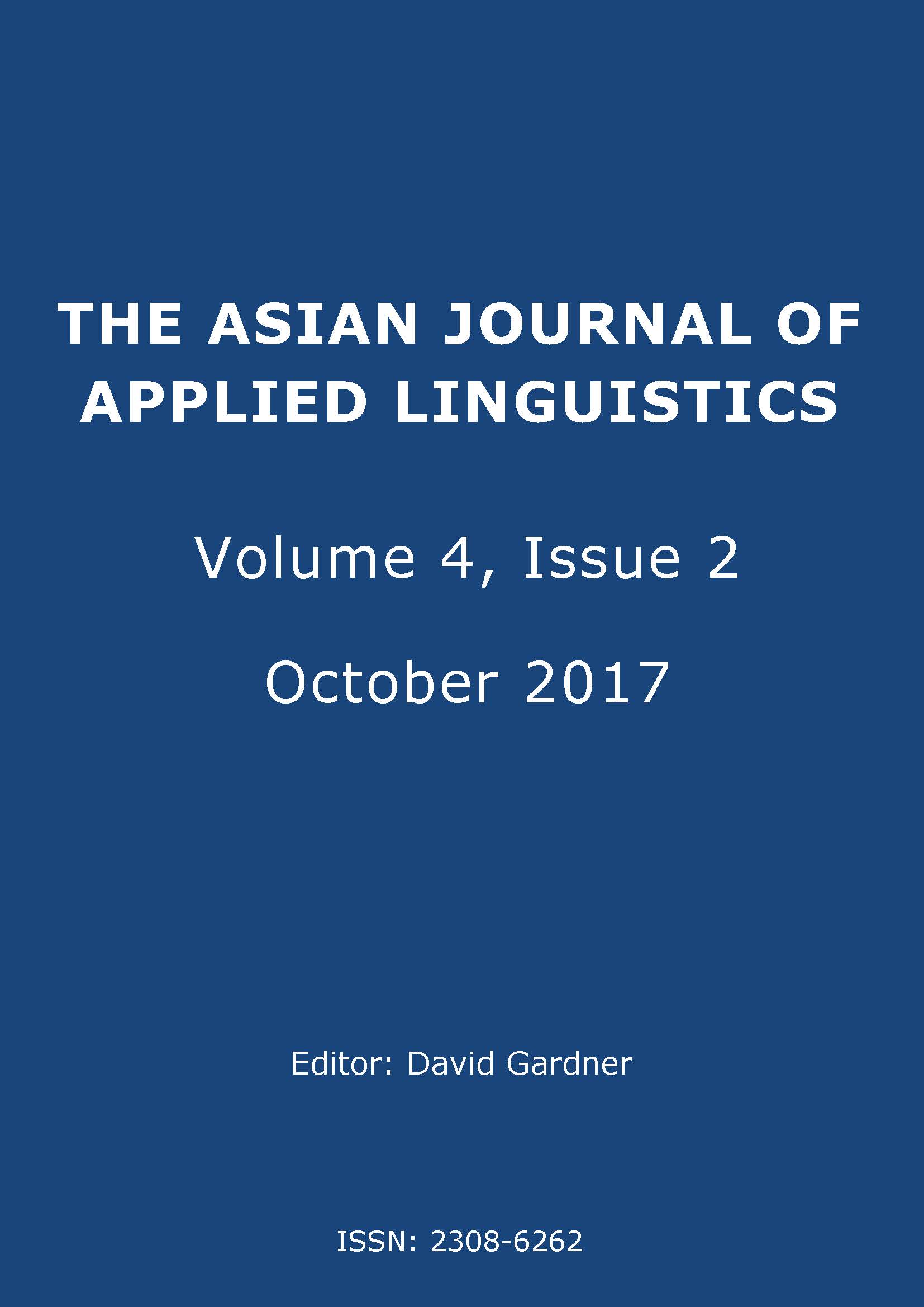Compelled to Speak: Addressing student reticence in a university EFL classroom
Keywords:
student reticence, stand-up, pushed to speak, reflective practice, third space, EFL, JapanAbstract
This paper reports on an action research investigation of a classroom activity called stand-up, designed to address student reluctance to express ideas and engage in whole-class discussion. It is set within a tertiary EFL context in Japan where students are typical reticent. To promote more active participation, students were asked to stand and volunteer an answer before they could sit down. Student opinions about the activity were collected in anonymous surveys, and data were tabulated and analysed using qualitative procedures. It was found that, though there was some misgiving and anxiety, students were strongly supportive of the activity, in part for what many saw as a needed push toward engagement, in part because participation was seen as fairly distributed and concentration was strengthened. Although the findings reflect only one teacher's approach to solving a problem of interaction, the study carries broader implications, suggesting that the L2 classroom can be a site of cultural transformation, leading to new patterns of interaction and ways of expression.Downloads
Published
2017-10-31
Issue
Section
Articles
License
Authors who publish with this journal agree to the following terms:
- Authors retain copyright and grant the journal right of first publication.
- Authors are able to enter into separate, additional contractual arrangements for the non-exclusive distribution of the journal's published version of the work (e.g., post it to an institutional repository or publish it in a book), with an acknowledgement of its initial publication in this journal.
Note: Authors are encouraged to post copies of their AJAL published papers to their own institutional or personal/professional websites along with a link to the original paper at the AJAL website. This will assist in diseminating their work as well as raising awareness of the journal.
How to Cite
Compelled to Speak: Addressing student reticence in a university EFL classroom. (2017). The Asian Journal of Applied Linguistics, 4(2), 173-184. https://caes.hku.hk/ajal/index.php/ajal/article/view/451

